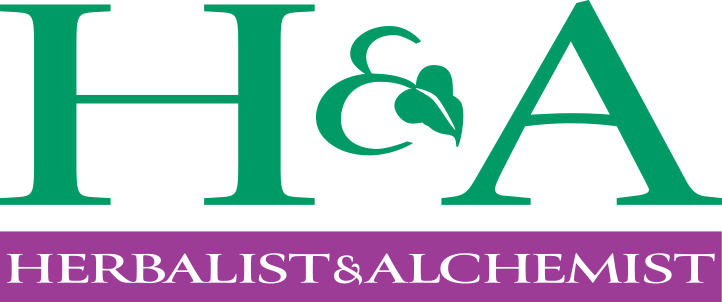Amy Lichty's introduction to natural medicine began mid-life through her desire to be more proactive with her health and wellbeing. After working with a naturopathic doctor, she studied with a highly respected Maya Traditional Healer in Central America. She documented and researched over 75 medicinal plants in the Masawal Maya Medicine Garden.
Amy then spent four years formalizing her education under the guidance of David Winston RH(AHG), completing the two-year clinical herbalist training in 2016 followed by an additional two years of graduate therapeutics. She is an Associate Member of the American Herbalists Guild. Her herbal practice is VitalityNow
Can you share a brief overview of Mayan tradition medicine?
Maya traditional medicine is an oral tradition that is passed down from the healer to a family member or respected student. The challenge is it takes many years to obtain this knowledge and today’s younger generation isn’t willing to make the time investment. There are three types of healers in the Maya tradition, the herbalist, the bone setter, and the snake doctor.
There are depictions in archeological artifacts (codices, pottery, stelae) which have survived over a thousand years of the medical treatments administered by ancient Maya physicians. Passion Flower (Passiflora) has long been used for medicinal purposes in Belize and its portrayal as an ear flare (earring) may be an indication that it was used as medicine by the ancient Maya. In the book of medicines, Chilam Balam de Ixil, cures were arranged according to the ailment, plants used, how to prepare the medicine, and patient instructions.
Today, acupuncture, or “pirish” in Maya, is used to let out bad blood or toxins. Like the ancient Maya physicians, traditional healers continue to use thorns, spines, and quills (porcupine) instead of metal pins. Acupuncture is commonly used for paralysis, headaches, and pains, often followed by cupping to draw out the tension or pain.
While herbal medicine is gaining popularity in the industrialized world, in some developing countries like Belize, there continues to be a conflict of beliefs between Western trained health care providers and traditional healers. In more rural areas, traditional medicine helps to meet the primary health care needs where the distance to health clinics is too far and the costs for doctors and medicines are too expensive.
What health care modalities does your practice include?
I’m strictly an herbalist. In my back pocket I can pull out my experience as a Master Career Counselor if I have a client who is unhappy or stressed in their career, but I live in Palm Desert, California, where retirees go to escape the winter, so I don’t anticipate having to use that skill too often.
